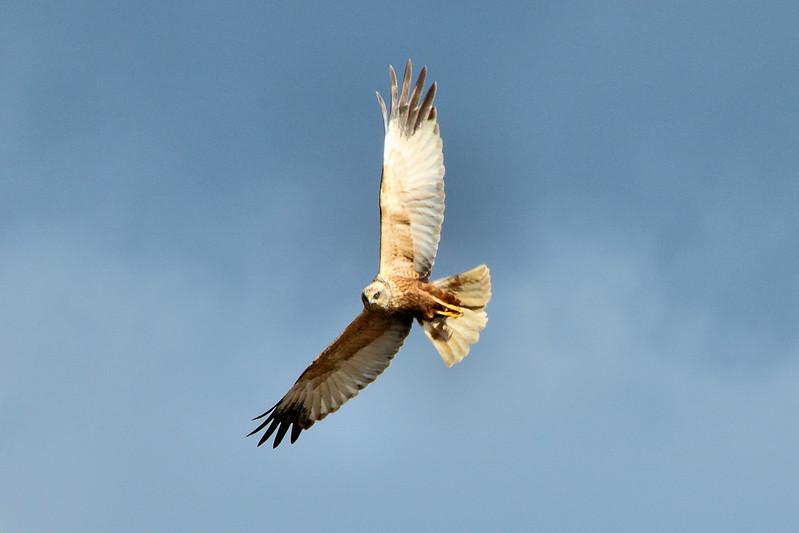Fresh Coastal Walks
Tucked away on the western edge of Pembrokeshire, Marloes Peninsula is a fantastic place to bring out the inner explorer in anyone. The peninsular is most famous for the beach known as Marloes Sands – which at low tide represents a huge area of sand that is recognised as one of the best beaches in the United Kingdom. The rear of the beach is full of rocks and interesting cliff formations, and the western end can be a great spot to see what creatures you can find hiding among the rockpools. From the clifftop, there are some scenic views out across the water to Skokholm Island and Gateholm Island – both of which are popular among seabirds.

The peninsula is also home to Marloes Mere, a 17 hectare area of marshland which has been designated as a Site of Special Scientific Interest due to its importance to wildlife. Intriguingly, the mere was once used widely as a source of medicinal leeches for treating wounds. Nowadays, its far more popular for its birdwatching opportunities and is maintained as a nature reserve. The peninsula as a whole is ideal for wildlife watchers and the rich patchwork of habitats that make up the landscape include acidic heathlands, tranquil ponds and sandstone cliffs.
Aerial Grace
The marshy habitat of Marloes Mere attracts a range of rare species, and the one of the most beautiful creatures to look out for is the Marsh Harrier. A large bird of prey, this species was once very rare in the UK, with the population being reduced to just a handful of individuals in the entire country. Mostly, this was down to persecution and habitat loss. Since then, the outlook has improved for the Marsh Harrier, with over 400 pairs nesting in the UK. As its name might suggest, the species is only found in wetland habitats such as the ones present at Marloes Mere. Here, the Marsh Harrier nests among the reedbeds and feeds on frogs, rodents and small birds.

The Marsh Harrier can be a charming bird to watch, as its graceful flying style lets it drift low over the landscape, hardly seeming to exert any effort at all. Its an especially good bird to see during the breeding season – between March and June – when the males perform some dramatic courtship displays. During this behaviour, they fly high into the air and then dive back down, often tumbling dramatically during their fall. Top tip for spotting Marsh Harriers on the Marloes Peninsula: visit during the summer, before the birds begin to migrate southwards in Autumn.
A Marine Conservation Zone
The Marloes Peninsula is truly a fantastic place for fauna and flora. The waters surrounding the coast are especially rich, and are protected to ensure that the ecosystem is not disturbed by overfishing or other negative activities. From late summer into autumn, you can expect to see Grey Seals and their pups resting on some of the more remote beaches around the peninsula. Hundreds of pups are born every year and they can be easily viewed from the clifftops, with some guided tours being offered for visitors looking to learn more about these charismatic creatures. Further out on the water, dolphins and porpoises may also be seen, with the Jack Sound being particularly popular for these mammals.
Along with the Marsh Harriers, there are plenty of birding highlights to look out for on the peninsula. Conservation work has returned much of the land to heathland habitat, helping to bring back bird such as Meadow Pipits and Stonechats. If you’re lucky, you may also be able to spot Choughs making the most of the vegetation. For visitors choosing to explore Marloes Mere, many more bird species might be seen, with some of the main highlights including Spotted Flycatchers and Linnets. Rare visitors such as Glossy Ibis have sometimes been known to frequent the reserve. Marloes Peninsula, including its beaches and wetland, is therefore a gem of a destination, combining fantastic scenery with some great wildlife.
